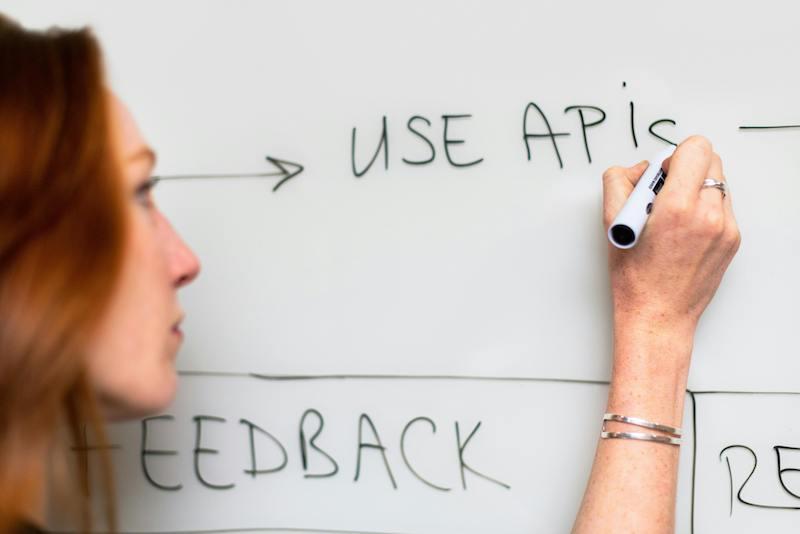Why API-First Development Is Becoming the New Industry Standard
Home
Digital Architecture & Tools
Why API-First Development Is Becoming the New Industry Standard

Why API-First Development Is Becoming the New Industry Standard
API-first design is transforming how products are built—enabling faster integrations, greater modularity, and better developer experiences across platforms.

Why API-First Development Is Becoming the New Industry Standard
The digital ecosystem has shifted. Today, your app isn't just a product—it’s part of a larger, interconnected system. That’s why more companies are adopting an API-first development approach, placing APIs at the center of their architecture rather than treating them as an afterthought.
API-first means your application is designed around clearly defined endpoints from day one. Rather than bolting on APIs to serve the frontend or third parties, you build the API first, then use it to power web, mobile, integrations, and partners. This approach enables faster scaling, better modularity, and a more future-proof platform.
Core Benefits of API-First Development
- Seamless Frontend-Backend Separation: APIs abstract the business logic, allowing frontend teams to work in parallel.
- Improved Developer Experience: OpenAPI, Swagger, and Postman collections allow fast onboarding and testing.
- Reusable Business Logic: Your core functionality can power multiple products or channels without duplication.
- Integration-Ready by Default: Whether you’re connecting to third-party tools or offering partner APIs, you're already prepared.
Practical Applications
API-first is particularly useful in multi-platform systems:
- Single backend powering web, iOS, Android, and even smart TVs
- Client dashboards pulling data from centralized services
- Automation between services using REST or GraphQL
Common API Standards and Tools
To build robust APIs, modern teams use tools and standards like:
- OpenAPI / Swagger: Define clear specifications before coding.
- Postman: Share, test, and document APIs collaboratively.
- OAuth 2.0: Secure authentication for both internal and third-party access.
- Rate Limiting & Caching: Optimize for scale and performance.
Marketing is about values. It’s a complicated and noisy world, and we’re not going to get a chance to get people to remember much about us. No company is. So we have to be really clear about what we want them to know about us.
Security & Compliance Considerations
With APIs being a primary point of access, security is non-negotiable. Implement role-based access control (RBAC), encrypted tokens, logging, and versioning strategies to ensure data protection and platform stability.
Is API-First Right for You?
API-first development is ideal for:
- Startups planning for multi-channel product delivery
- Platforms offering integrations or third-party extensions
- Companies shifting toward microservices or modular architecture
Conclusion
Whether you're launching a startup or replatforming an enterprise system, API-first development sets the stage for agility, interoperability, and growth. It's more than a technical pattern—it’s a strategic shift that aligns your entire product development lifecycle with today’s interconnected world.
Share this post:
Related Posts

Microservices offer a flexible and scalable architecture that empowers modern web platforms to handl...

Creating a SaaS platform demands more than functionality—it requires airtight security, regulatory c...

A user’s trust in your product is often shaped within seconds—by your design. Learn how UX design dr...


